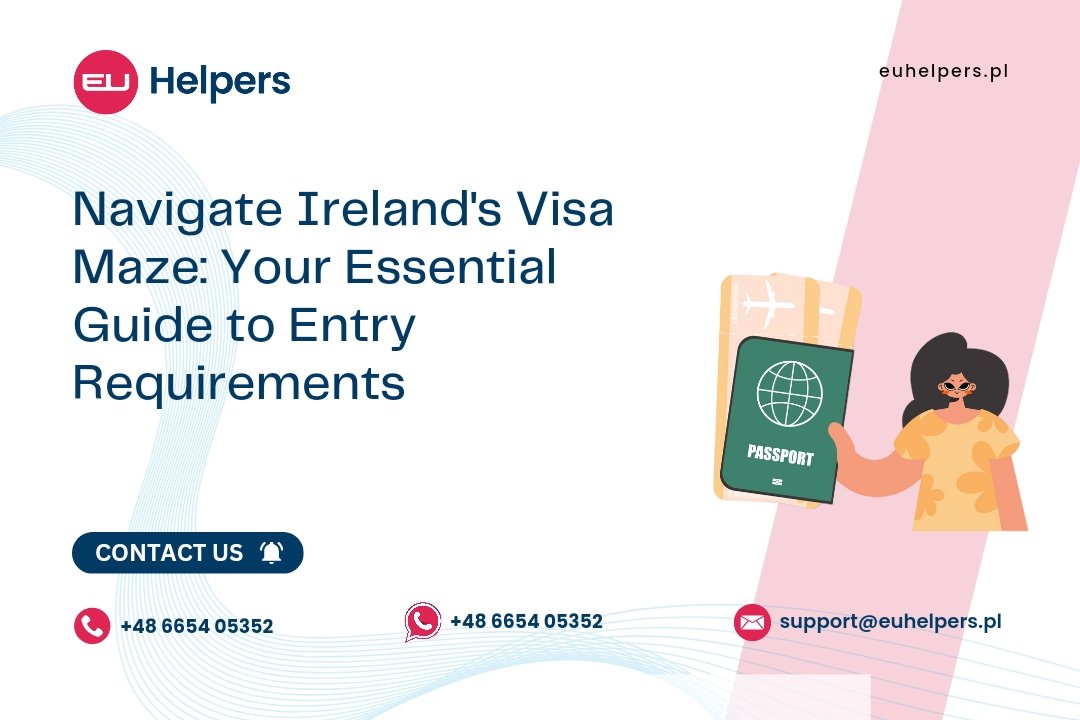Embarking on a journey to Ireland? Understanding the ins and outs of visa requirements is crucial. Here's your comprehensive guide to navigating the complexities of Irish immigration regulations.
1. Understanding Visas and Entry into Ireland:
A visa serves as pre-entry clearance for traveling to Ireland but doesn't guarantee entry. Permission to enter is determined by Immigration Officers at the port of entry. The Immigration Service Delivery, part of the Department of Justice, handles immigration and visa matters in Ireland.
2. Determining Visa Requirements:
Whether a visa is needed depends on the traveler's nationality. This information is detailed in Schedule 1. Countries are categorized into five schedules based on visa requirements, as outlined in S.I. No 473 of 2014.
3. Exceptions to Visa Requirements:
Schengen or UK visas do not permit entry into Ireland, with some exceptions listed in Schedules 2 and 3. Even if a visa isn't required, non-EEA citizens are still subject to immigration control upon entry into Ireland.
4. Detailed Schedules:
- Schedule 1: Provides a reference to check if a visa is needed based on nationality, accessible on the Irish Immigration website.
- Schedule 2: Explains the Visa Waiver Programme and eligibility criteria, which might allow travel from the UK to Ireland without an Irish visa.
- Schedule 3: Covers the British Irish Visa Scheme (BIVS) eligibility criteria, also available on the Irish Immigration website.
- Schedule 4: Addresses Transit Visas and whether they're required, with further details on the Irish Immigration website.
5. Convention Travel Documents:
Holders of Convention travel documents issued by certain EEA states can refer to Section 3. (b) (i) of S.I. No 473 of 2014 for short-stay visits, or visit the Irish Immigration website for more information.
Overall, the process for entering Ireland involves understanding visa requirements based on nationality, considering exceptions and specific schemes, and being aware of transit visa requirements if applicable.

